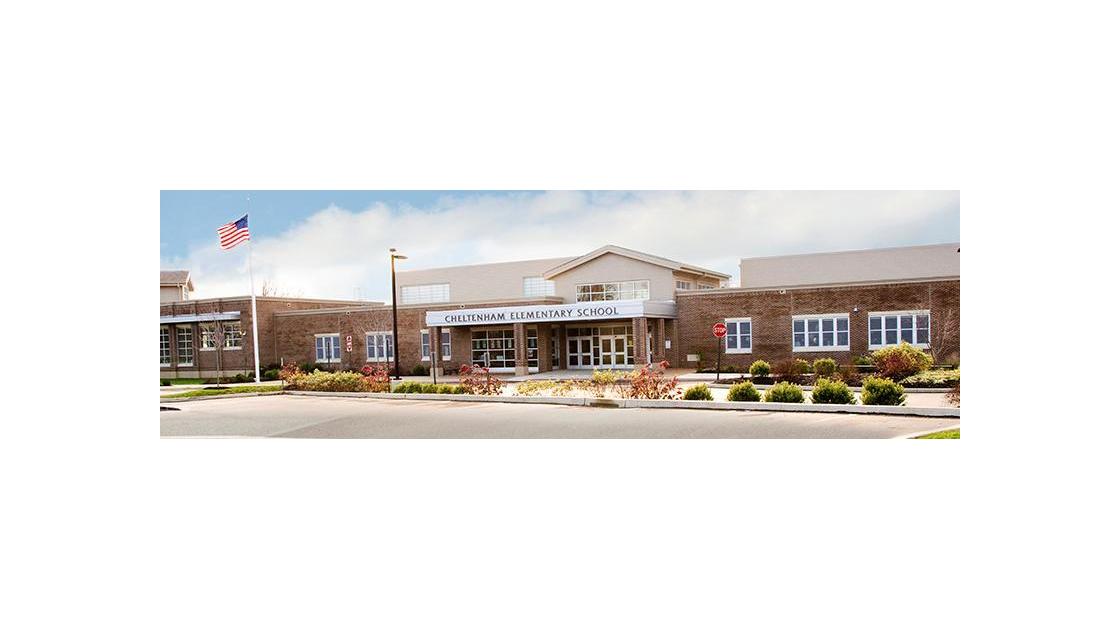The Cheltenham Elementary School has been honored as one of five recipients of the Montgomery Awards for 2018.
The award recognizes this public school as “A successful redevelopment project awarded for community vision, creative building design, and the creation of a sustainable landscape,” according to a statement issued by the Montgomery County Planning Commission. “This exceptional project, which transformed this property into a new public education campus and sustainable asset, continues to promote the district’s commitment to education and neighborhood connections, retaining the school’s legacy in the community.”
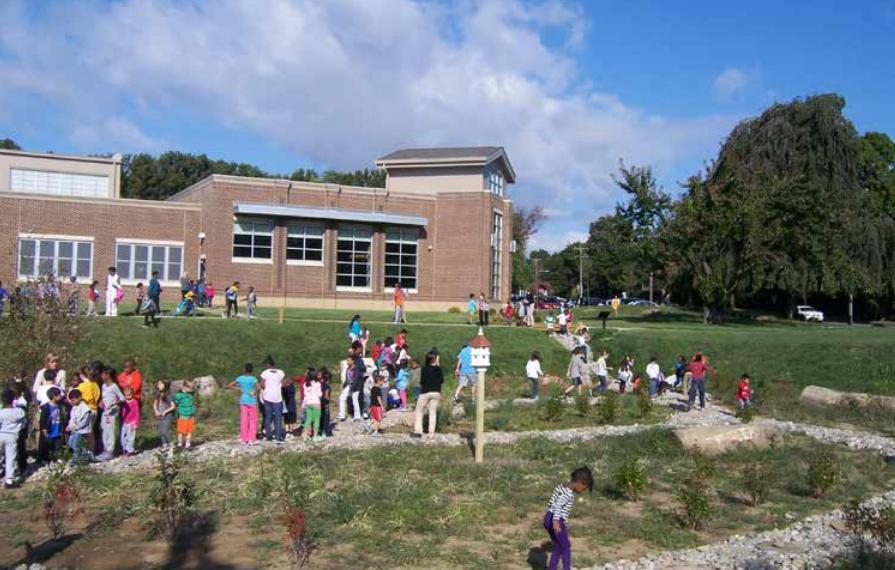
Located at 7853 Front Street in Cheltenham Township, Cheltenham Elementary School includes a building of about 90,000 square feet on 10 acres of land. This new school building was constructed on the site of an earlier school building that had been built in the 1950s.
“I’m extremely proud that our school and district have been recognized with this award,” said Mr. Nicholas Perez, Principal of Cheltenham Elementary School. “Creating uniquely designed learning spaces that reduce our carbon footprint is essential in educating our students in the 21st century.”
Award recipients this year included two schools (including the Cheltenham Elementary School), a shopping center, a student housing development, and two open space projects.
“This prestigious annual program recognizes the best in planning, design, and advocacy in Montgomery County,” according to a statement from the Montgomery County Planning Commission. “The program promotes awareness of outstanding design and innovative planning in our communities by awarding successful land developments, revitalization efforts, open space enhancements, environmental sustainability, and transportation improvements.”
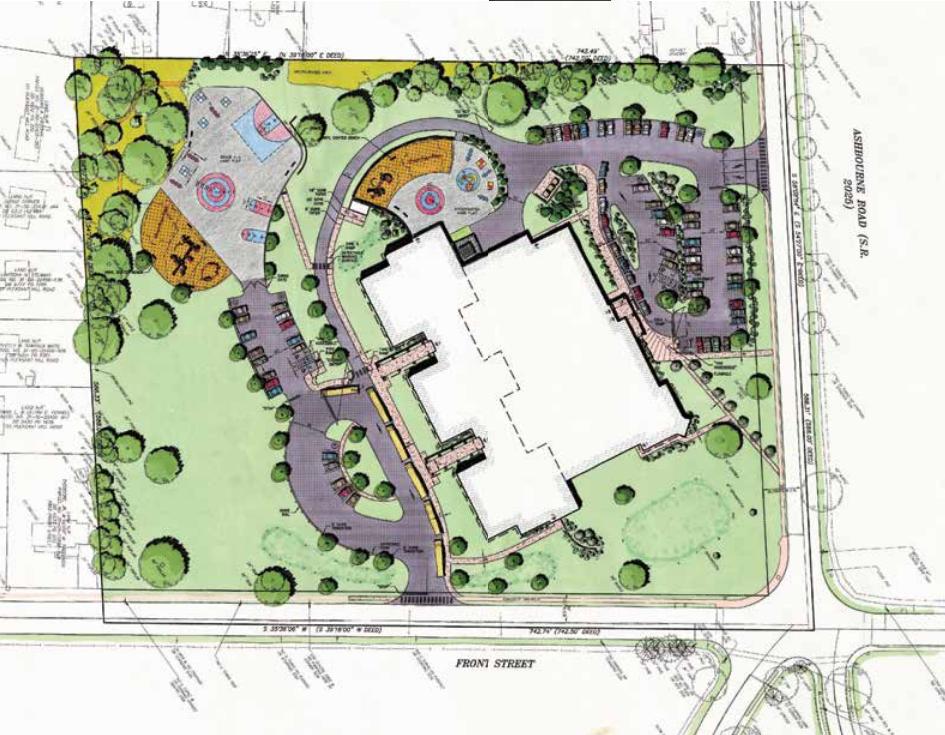
Among details cited by Montgomery County in selecting the Cheltenham Elementary School for this award:
“The [Cheltenham] School District, after evaluating the options of renovating the original building, building a new facility at a different location, or replacing the building on-site, decided it was important to keep the school in the community. A new energy-efficient school was built to provide for the district’s enhanced educational program.”
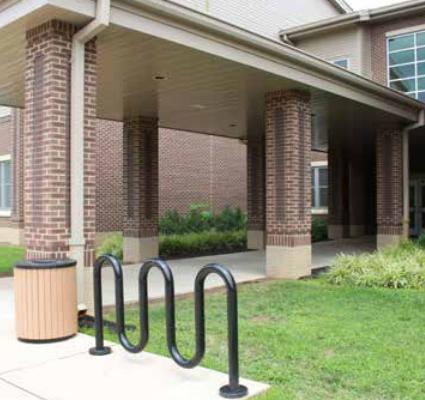
“By not relocating to an undeveloped site, which may have required additional busing or an increase of infrastructure and services, this project gained points toward its [Leadership in Energy and Environmental Design] LEED Silver certification. With the school remaining in the community and near residences, the district continues to encourage walking and bicycling to school. Bicycle racks are provided, and there is an extensive sidewalk network.”
“As part of the school’s continued community commitment, students plant and maintain several vegetable gardens and donate the harvest to organizations in the community.”
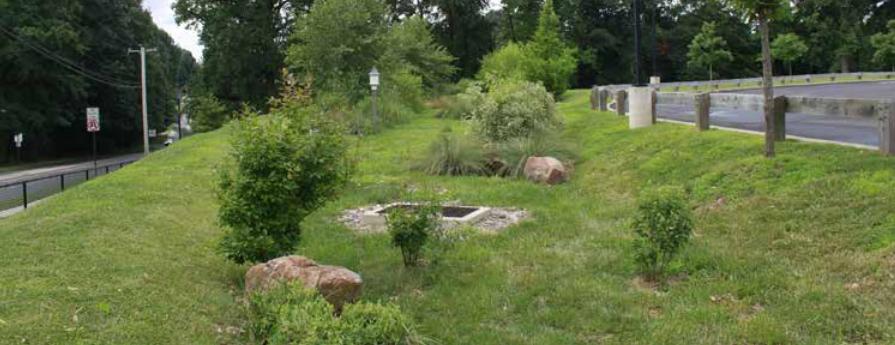
“Through creative use of the existing site topography, the school’s main entrance, which fronts on Ashbourne Road, accesses the main upper floor. A partial lower level, located to the rear, is accessible to Front Street.”
“This building design allows for an increased population of 600 students and for the effective separation of common areas, such as the library, gymnasium, and cafeteria, from the classrooms.”
The creative design “also helps to safely separate car traffic in the front of the building and bus drop-off in the back. The design fosters a sense of community within the school.”
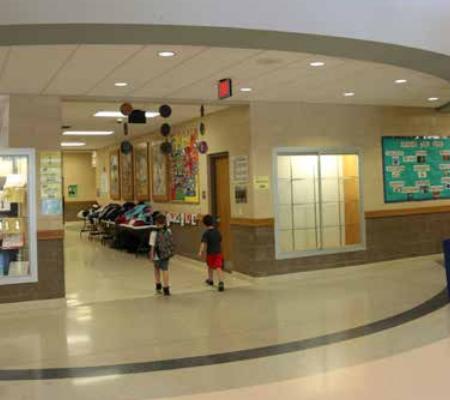
“After entering from the upper and lower levels, students gather in the centrally located cafeteria and gymnasium before going to their classrooms. This sense of community is further emphasized by grouping each grade in a pod configuration with supporting spaces.”
“Building orientation; emphasis on recycled, sustainable, and local materials that are durable as well as cost effective and aesthetically pleasing; and the use of high-performance systems for air, light, and water quality and usage all contribute to the building’s innovation and efficiency.”
“To honor the school’s history, several historic elements, such as the original bronze plaque located in the lobby, along with the one commemorating the new building, and a display of preserved Mercer tiles, which enhanced the fireplaces in the original building, were added to the new building.”
In the area of Sustainable Landscape, “The Leadership in Energy and Environmental Design (LEED) measures utilized in this project extended beyond the building walls. Just as the community commitment extended indoors to the school environment, the commitment to sustainability and education has extended out to the gardens and to the community beyond, which is reflected in the overall site design.”
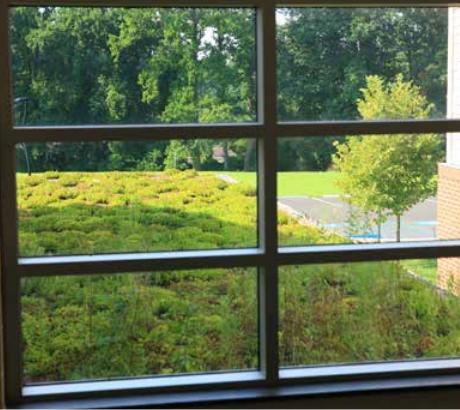
“The original school had no stormwater facilities and limited amenities. The new facility has ample parking, new playgrounds, and an extensive stormwater system. A series of rain gardens are located in highly visible areas along Ashbourne Road and Front Street and work in conjunction with numerous underground infiltration and detention systems that provide for stormwater recharge as well as a reduction in peak flows.”
“Two green roofs and a waterfall feature, part of a whole system connected to the building roof drains and gutters, capture rain and water the gardens, which contain native plants. ”
“In addition, an impressive 85 percent of the trees on the site were preserved. During the demolition of the former school building, materials were recycled and reused wherever possible, and recycled rubber was used for the playgrounds.”
Top photograph is courtesy of the Cheltenham School District, 2018.
All other photographs are courtesy of the Montgomery County Planning Commission, 2018.

